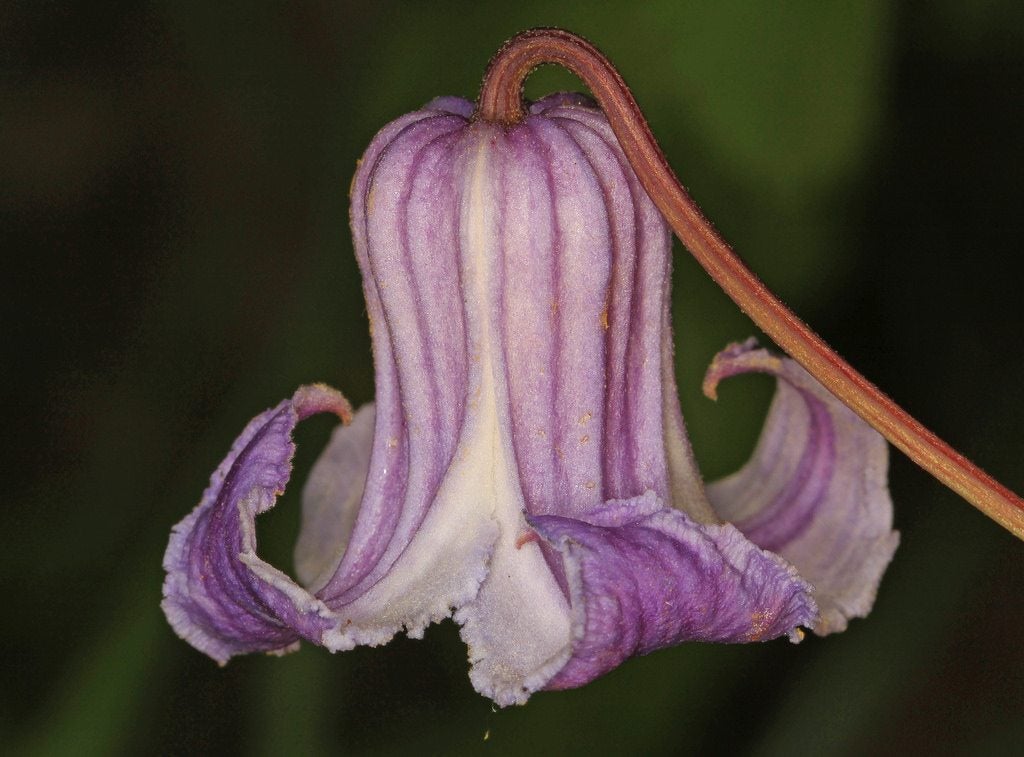Swamp Leather Flower Info: Learn About Swamp Leather Clematis


Swamp leather flowers are climbing vines native to the southeastern U.S. They have unique, fragrant flowers and simple, green foliage that comes back reliably every spring. In the warm climates of the U.S., they make a great climbing native plant alternative to other invasive fragrant vines. Keep reading to learn more about swamp leather flower care and growing swamp leather flowers in the garden.
Swamp Leather Flower Info
The swamp leather flower (Clematis crispa) is a type of clematis that goes by many names, including blue jasmine, curly clematis, curly flower, and southern leather flower. It is a climbing vine, usually growing between 6 and 10 feet (2-3 m.) in length. Native to the southeastern United States, it grows as a perennial in USDA zones 6 to 9. The plant dies down to the ground in the winter and comes back with new growth in the spring. In midspring, it produces unique flowers that bloom throughout the growing season until the autumn frost. The flowers are actually petal-less and are instead made up of four large, fused sepals that split and curve back at the ends (a little like a half-peeled banana). These flowers come in shades of purple, pink, blue, and white, and they are slightly fragrant.
How to Grow Swamp Leather Flowers
Swamp leather flowers like moist soil, and they grow best in woods, ditches, and along streams and ponds. As well as moist conditions, the vines prefer their soil to be rich and somewhat acidic. They also like partial to full sun. The vine itself is thin and delicate, which is very good at climbing. Swamp leather flowers do very well scaling walls and fences, but they can also be grown in containers, as long as they receive enough water. The vines will die down with the first frost of autumn, but new growth will appear in the spring. No pruning is necessary other than to remove any leftover dead growth.
Sign up for the Gardening Know How newsletter today and receive a free copy of our e-book "How to Grow Delicious Tomatoes".

The only child of a horticulturist and an English teacher, Liz Baessler was destined to become a gardening editor. She has been with Gardening Know how since 2015, and a Senior Editor since 2020. She holds a BA in English from Brandeis University and an MA in English from the University of Geneva, Switzerland. After years of gardening in containers and community garden plots, she finally has a backyard of her own, which she is systematically filling with vegetables and flowers.